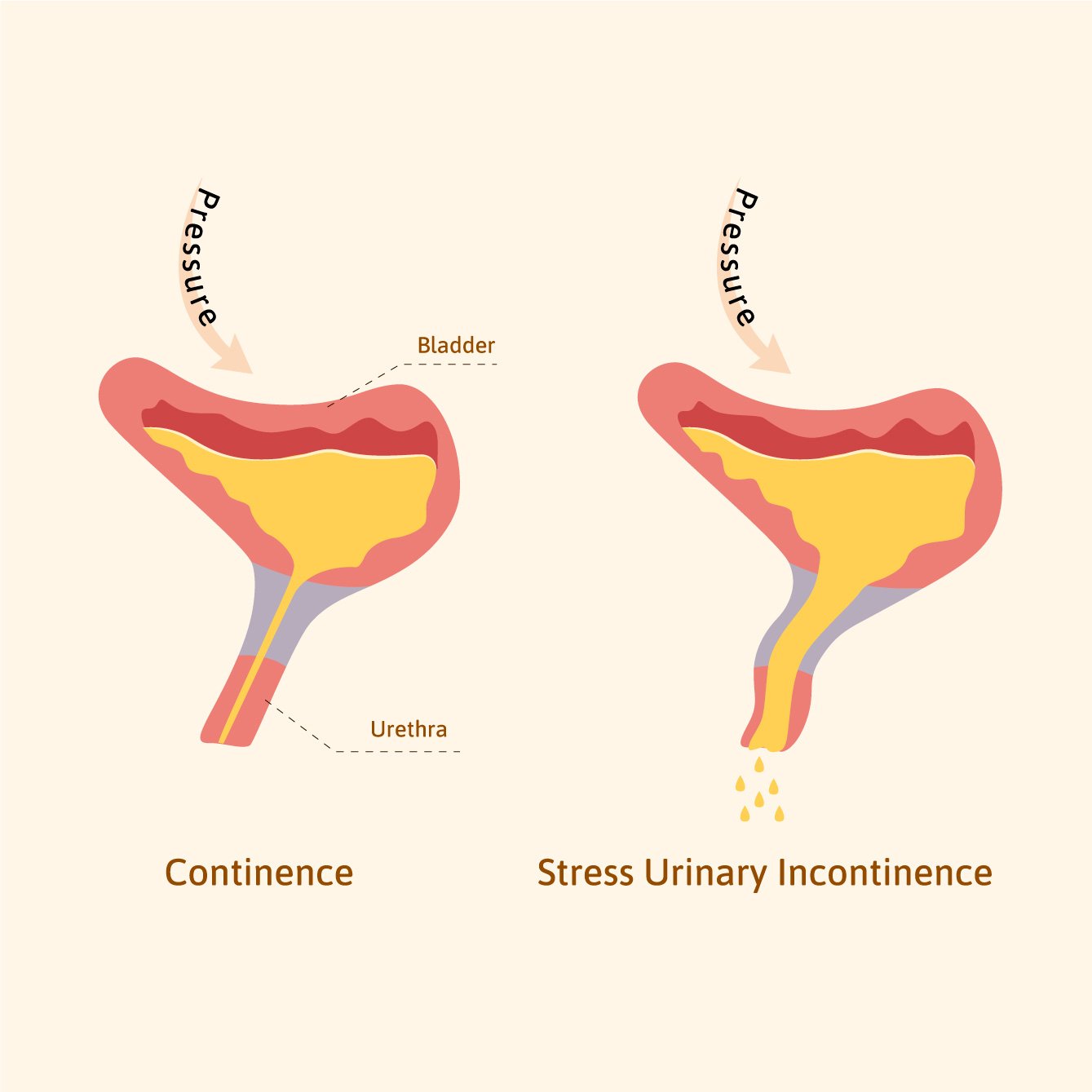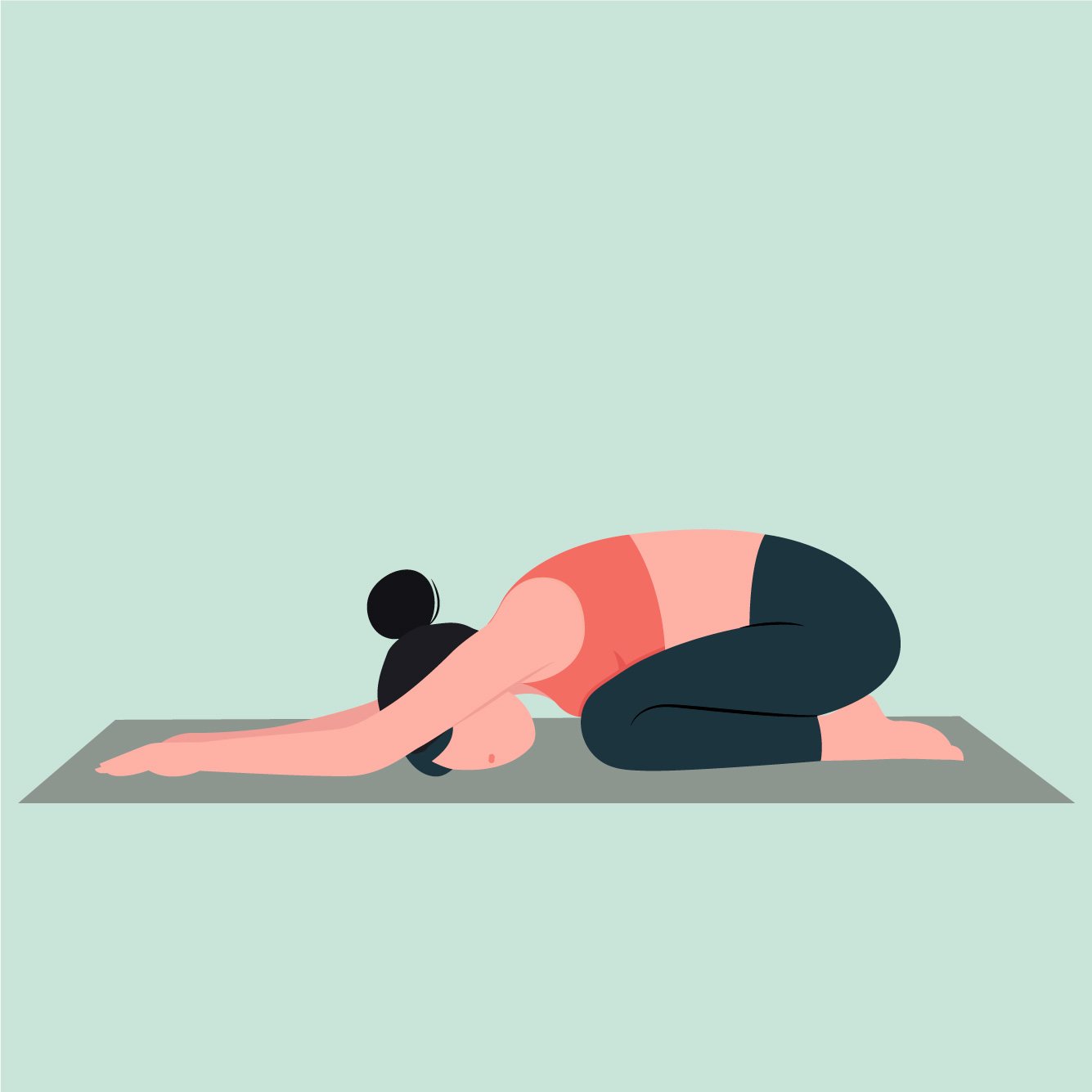Understanding Bladder Health: Essential Facts and Tips for a Bladder Control
As a pelvic floor physical therapist, I often see clients struggling with bladder issues, and I want to share some essential information about bladder health. Our bladder is a remarkable organ, but many of us don’t fully understand how it works or what habits promote optimal function. Let’s explore some key facts about a "normal" bladder, good bladder habits, common irritants, and helpful hints for maintaining a healthy bladder.
“Normal” Bladder Facts
Understanding what a typical bladder function looks like can help you recognize if something is off. Here are some essential facts:
Capacity: The average bladder can hold about 2 cups (16 ounces) of urine before it needs to be emptied.
Voiding Frequency: A normal range for voiding urine is 6 to 8 times during a 24-hour period, roughly every 2 to 4 hours. As we age, our bladder capacity may decrease, leading to more frequent urination, but this is usually not more than every 2 hours.
Flow: Urine should flow easily and without discomfort in a steady stream until the bladder is empty. There should be no pushing or straining required to empty the bladder.
Urge Sensation: The urge to urinate is a signal that you feel as your bladder stretches to fill with urine. Interestingly, you can feel urges even when your bladder isn’t completely full. These urges are not commands to go to the toilet; they are signals that can be controlled.
Good Bladder Habits
Adopting healthy bladder habits can significantly improve your bladder health. Here are some tips:
Take Your Time: When emptying your bladder, take your time. Don’t strain or push; instead, ensure you empty your bladder completely each time you urinate. Rushing the process can lead to incomplete emptying and potential issues down the line.
Listen to Your Body: Consistently ignoring the urge to go (waiting more than 4 hours between toilet visits) or urinating too infrequently may seem convenient but is not healthy for your bladder. It’s essential to respond to your body’s signals appropriately.
Avoid “Just in Case” Trips: Try to avoid going to the toilet “just in case” or more often than every 2 hours. If you struggle with urgency and frequency, retraining your bladder and spacing your fluid intake throughout the day can help improve these symptoms.
Practice Good Toilet Habits: Don’t let your bladder control your life. Good toilet habits are essential for maintaining bladder health and can significantly improve your quality of life.
The muscles of your pelvic floor help communicate with your bladder and brain in a feedback loop for optimal control.
When the pelvic floor muscles contract, they help tell the bladder to relax and keep urine in. When the muscles relax, they allow the bladder to contract and let urine out.
Common Bladder Irritants
Several factors can irritate the bladder and contribute to discomfort or urgency. Here are some common bladder irritants to be aware of:
Concentrated Urine: Both dehydration and over-hydration can lead to bladder irritation. Proper hydration is key.
Caffeine: Caffeine can have an excitatory effect on the bladder’s smooth muscle and acts as a diuretic, increasing urgency.
Carbonated Beverages: The carbonation can irritate the bladder and lead to increased urgency.
Alcohol: Alcohol has diuretic effects and suppresses hormones that increase urine output, leading to more frequent urination.
Processed Foods and Artificial Sweeteners: Many processed foods contain high levels of preservatives that can be acidic and irritating to the bladder.
High Acid and High Oxalate Foods: Foods high in acid or oxalates can also contribute to bladder discomfort.
Helpful Hints for Managing Bladder Health
Managing bladder health involves several strategies, including dietary management, fluid intake, and normalizing bowel habits. Here are some helpful hints:
Dietary Management
Fluid Intake: Aim to drink about 1/2 oz of fluid per pound of body weight daily. For example, if you weigh 120 lbs, aim for 60 oz of water a day.
Keep in mind that fluid is also found in the foods you eat, contributing to your total daily intake.
Rule of Thumb: A general guideline is to drink 6 to 8 glasses of 8 oz (46-64 oz total) daily.
Monitor Fluid Amounts: Drinking more than 80 oz or less than 50 oz daily can contribute to urinary urge incontinence. Balance is crucial!
Conclusion
Maintaining good bladder health is vital for overall well-being. By understanding what a “normal” bladder looks like, practicing good habits, and being aware of irritants, you can take proactive steps toward a healthier bladder. If you’re experiencing bladder issues, don’t hesitate to reach out for help. As a pelvic floor physical therapist, I am here to support you on your journey to better bladder health!
If you have any questions or would like to schedule an appointment, please feel free to contact me!
Other Posts You Might Like
















